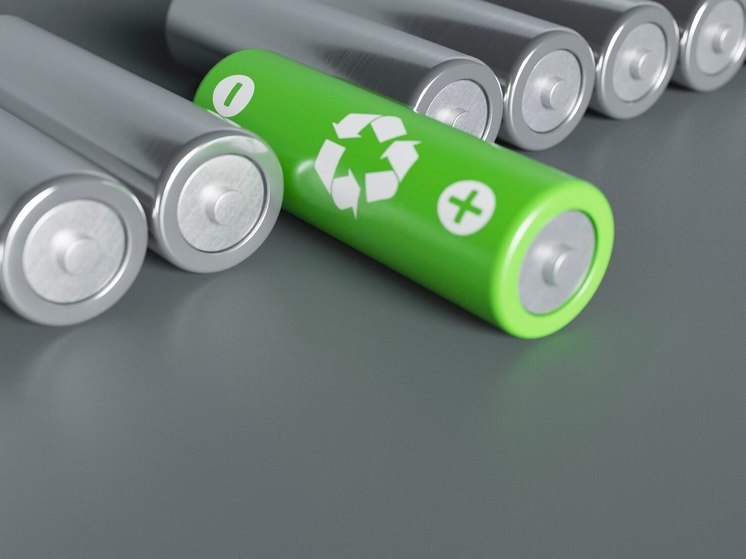Hazardous substances linked to cancer, birth defects and a range of other serious problems
Research shows that «forever chemicals» used in lithium-ion batteries pose a threat to the environment environment. Harmful substances have been found near manufacturing plants and landfills, as well as in remote regions of the world.

Toxic PFAS, the «forever chemicals» used in lithium-ion batteries needed for the clean energy transition, are a dangerous source of chemical pollution that new research shows threatens the environment and human health as the nascent industry expands , writes The Guardian.
This multifaceted, peer-reviewed study focused on a little-studied and unregulated subclass of PFAS called bis-FASI, which are used in lithium-ion batteries.
Researchers have found alarming levels of the chemicals in the environment near manufacturing plants, noted their presence in remote areas around the world, found that they appear to be toxic to living organisms, and discovered that battery waste dumped in landfills. are the main source of pollution.
The nation faces “two most important tasks – «minimizing water pollution and increasing the use of clean and sustainable energy are both worthy goals,» said Jennifer Gelfo, a researcher at Texas Tech University and co-author of the study.
“But there is a difference between the two. There is some competition, and this study shows that now that we are expanding energy infrastructure, we have the opportunity to better take environmental risk assessments into account,” she added.
PFAS are a class of approximately 16,000 man-made compounds that are most often used to make products resistant to water, stains and heat. They are called «forever chemicals» because they do not break down naturally and have been shown to accumulate in the human body. These chemicals have been linked to cancer, birth defects, liver disease, thyroid disease, plummeting sperm counts and a host of other serious health problems, notes The Guardian.
Public health advocates are increasingly sounding the alarm about the need to find alternatives to toxic chemicals for use in clean energy technologies such as batteries and wind turbines as the transition progresses.
The document notes that there are few end-of-life standards for PFAS battery waste, and the vast majority of it ends up in municipal landfills, where it can end up in waterways, accumulate locally, or be transported long distances.
He analyzed the presence of chemicals in historical leachate samples and found none in samples taken before the mid-1990s, when this class of chemicals was introduced into commercial use.
The study notes that previous research has shown that bis-FASI can be reused, although only 5% of lithium batteries are recycled. Battery waste is projected to reach 8 million tonnes by 2040 unless battery recycling is significantly expanded to meet demand.
“This suggests we need to take a closer look at this class PFAS,” notes Guelfo.
Because there is very little toxicological data on BISFAZI, the study also tested its effects on invertebrates and zebrafish. It found effects at low exposure levels, indicating toxicity similar to that of other PFAS compounds that are known to be harmful.
Researchers also sampled water, soil and air around the 3M plant in Minnesota and other large facilities known to produce chemicals. Guelfo said soil and water levels are a concern, and detection of chemicals in the snow suggests they are easily leaching into the atmosphere.
This may help explain why the chemicals were found in Chinese seawater and other remote areas far from manufacturing facilities.
Although the most commonly used definitions of PFAS around the world include bis-FASI, one agency division The EPA does not classify it as a chemical, so it was not included in the list of compounds to be monitored in US water. The Environmental Protection Agency (EPA) has been criticized for using a narrow definition of PFAS, which public health advocates say has led to some chemicals being excluded at industry demand.
However, the new study adds to previous data , shows that bis-FASI are stable, mobile and toxic, like most other PFCs, noted Lee Ferguson, researcher and co-author at Duke University.
“This classification coupled with the huge increase in the use of environmentally friendly sources «The energy we're seeing should at least raise some red flags,» he said.

























































Свежие комментарии